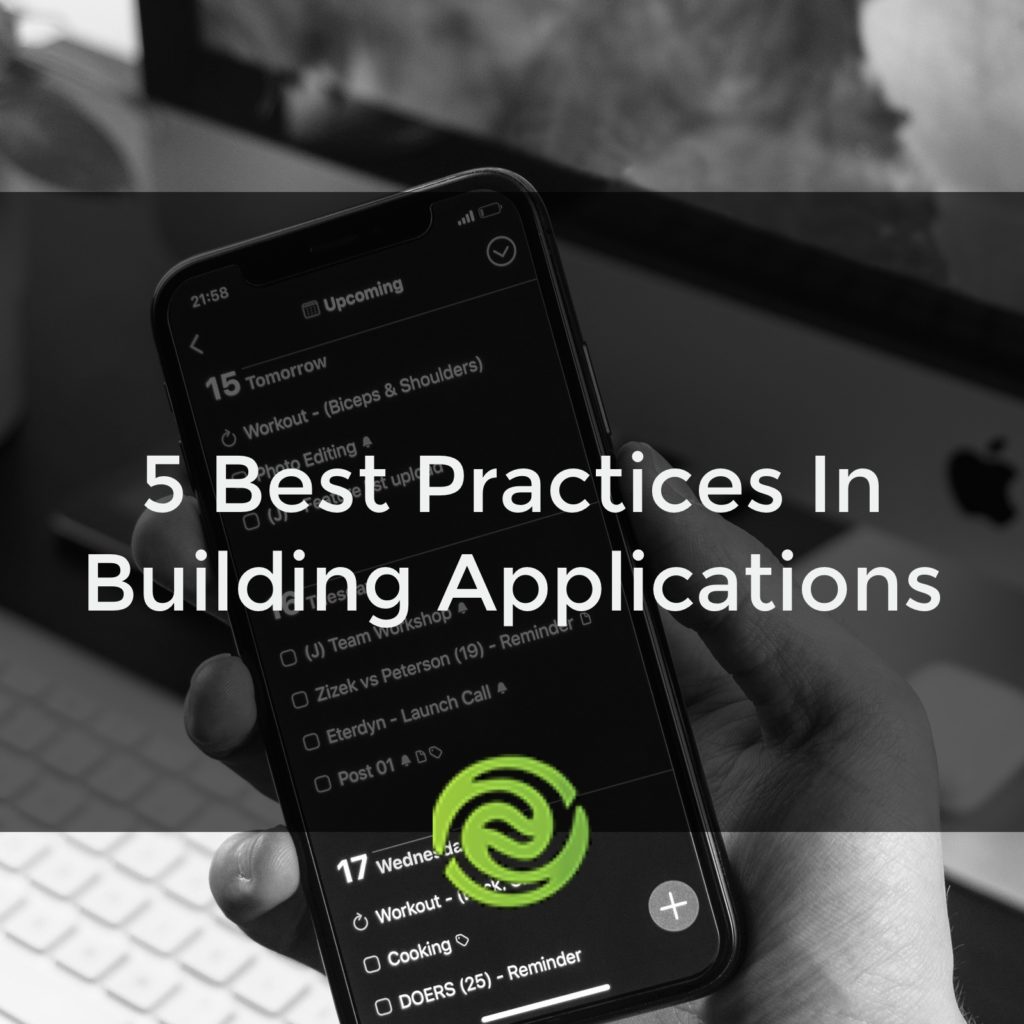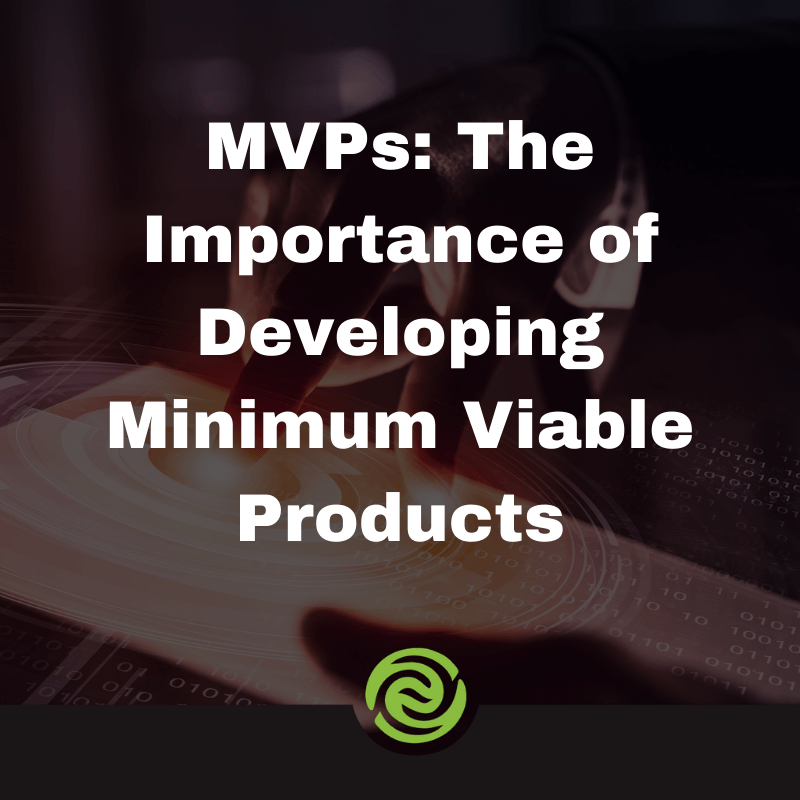In our first blog post about the Agile Methodology, we defined agile, discussed the roots of…
5 Best Practices In Building Applications
 Making the choice to build a custom application can seem like a daunting task. There are seemingly endless possibilities with what you can do, and figuring out where to start is often confusing. All you know is that you want your idea to become reality. Before you jump into the process of building an application, we always recommend you take a look at your existing industry and ask yourself, “What need can I fill that doesn’t currently exist?” Once you’ve got that initial spark or idea, there are 5 best practices you can follow to ensure that the time, energy and money you put into your custom application was well spent. Let’s take a look at these 5 best practices in building applications below…
Making the choice to build a custom application can seem like a daunting task. There are seemingly endless possibilities with what you can do, and figuring out where to start is often confusing. All you know is that you want your idea to become reality. Before you jump into the process of building an application, we always recommend you take a look at your existing industry and ask yourself, “What need can I fill that doesn’t currently exist?” Once you’ve got that initial spark or idea, there are 5 best practices you can follow to ensure that the time, energy and money you put into your custom application was well spent. Let’s take a look at these 5 best practices in building applications below…
1. Wireframing
The process of wireframing means collaboratively creating a mockup of what you’re wanting to build. In other words, your basic blueprint of what the application is going to do. This is done to quickly and efficiently flesh out the user interface for the application. We use a variety of wireframing tools to reproduce the experience of sketching out a design on a whiteboard, but instead, in the Cloud. By starting with wireframing, you can quickly lay out all the different screens, buttons, text and everything else in the application. This lets you design a great user interface that flows easily between screens, without much of an investment.
2. Go for the Minimum Viable Product (MVP)
Ask yourself… What are the core features needed to get your application up and running? One of the biggest problems people run into when they have an idea is scope creep. This is when you try to do include too many bells and whistles up front. Scope creep can cripple a project to the point where you never bring the product to market due to delays. Remember, you can always expand after you’ve finished the MVP. Save those extra features for future updates, like version 1.1 or 2.0.
3. Partner Up
Find a good developer and partner who can take your ideas and turn them into the product you have in mind. You want something functional that also fits your budget and timeline. You need a good partner that has the experience, time and resources to see your project all of the way through to completion.
4. Innovate With Agility
The mantra for innovation is: “fail fast, fail often.” It’s not something you’d expect to hear, but when developing an application, you need to be able to work out bugs and features as quickly as possible. We recommend the Agile development methodology, as it is all about rapid iteration. This involves producing a working version and turning it over to customers or users so they can give immediate feedback, allowing you to build upon that feedback to quickly improve your product.
5. Establish a Prototype Group
The final step of the 5 best practices in building applications is to identify a user group for testing the application. This provides a group that you can both collect input from and bounce ideas off of. You need to get your app into the hands of people and get a feedback loop going to collect pros and cons. Who you select is important, as their opinions, or lack thereof, can affect the success of your product in the marketplace.
For more on building an application, be sure to check out my recent presentation at the Venture Cafe, where I go into greater detail on building mobile apps.
The Bottom Line…
You are going to spend a LOT of time and resources on your application. Follow these 5 best practices in building digital applications to make sure all of your hard work pays off.







